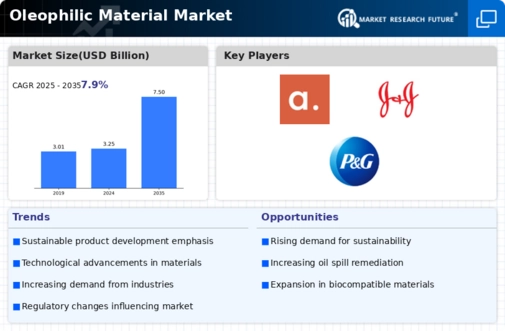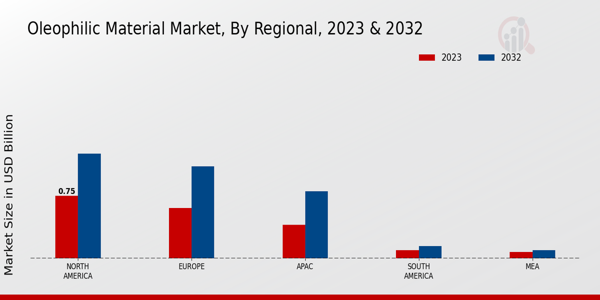The Oleophilic Material Market is characterized by its dynamic landscape, with various players actively competing to capture a substantial share. This market comprises materials that have a strong affinity for oils and hydrocarbons, which position them as critical components in various applications, including oil spill cleanup, industrial cleaning, and absorbent products.
The competitive insights within this market reveal a trend towards innovation and sustainability as companies strive to enhance their offerings to meet the increasing demand for environmentally friendly solutions.
Players are constantly exploring opportunities to diversify their product range, optimize production processes, and establish strategic collaborations to strengthen their market presence. The analysis of competitive strategies, product development, and technological advancements showcases a sector that is not only focused on growth but also on addressing environmental challenges.
Kraton has established a significant presence within the Oleophilic Material Market, notably leveraging its strengths in specialized polymers and materials. The company emphasizes innovation in its product development, tailoring solutions that cater specifically to the unique demands of oil absorption and other oleophilic applications.
Kraton is known for its advanced research capabilities, enabling it to stay ahead of market trends and respond effectively to emerging customer needs. Furthermore, the company focuses on sustainability and the development of eco-friendly materials, which aligns with the growing consumer preference for green solutions.
Its robust supply chain and strategic collaborations enhance its competitive edge, allowing Kraton to maintain leadership amidst the evolving market landscape.
3M is another key player in the Oleophilic Material Market, recognized for its extensive portfolio of innovative products and technologies.
The company's commitment to research and development drives its ability to introduce cutting-edge oleophilic materials that cater to diverse applications, including industrial uses and environmental remediation. 3M's focus on performance and quality has solidified its reputation in the industry, making it a preferred choice for clients seeking reliable and effective solutions.
Additionally, the company adopts a customer-centric approach, engaging with clients to understand their specific requirements and providing tailored solutions. 3M's global presence and robust distribution network further bolster its market position, enabling it to reach various sectors and maximize its impact across different regions.
The combination of innovation, quality, and customer engagement positions 3M advantageously within the competitive landscape of the oleophilic materials market.





